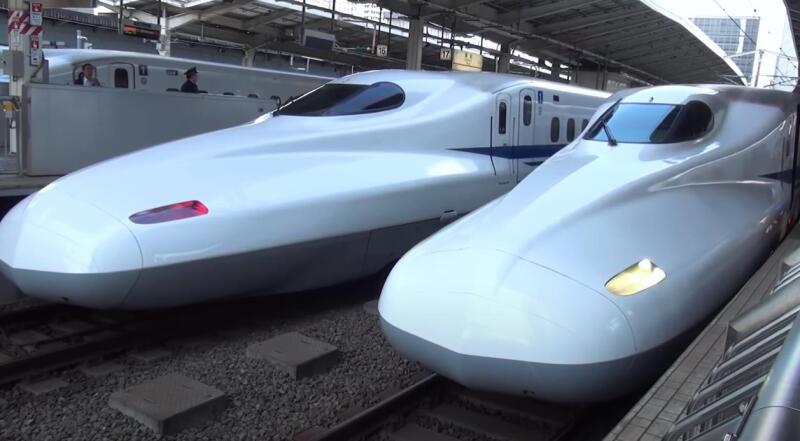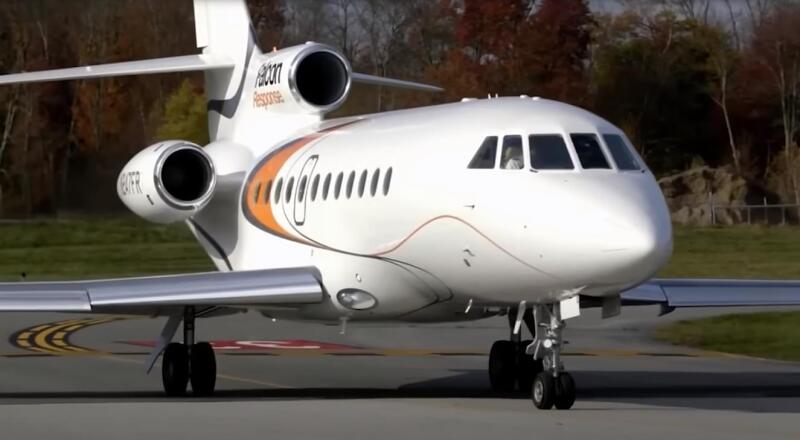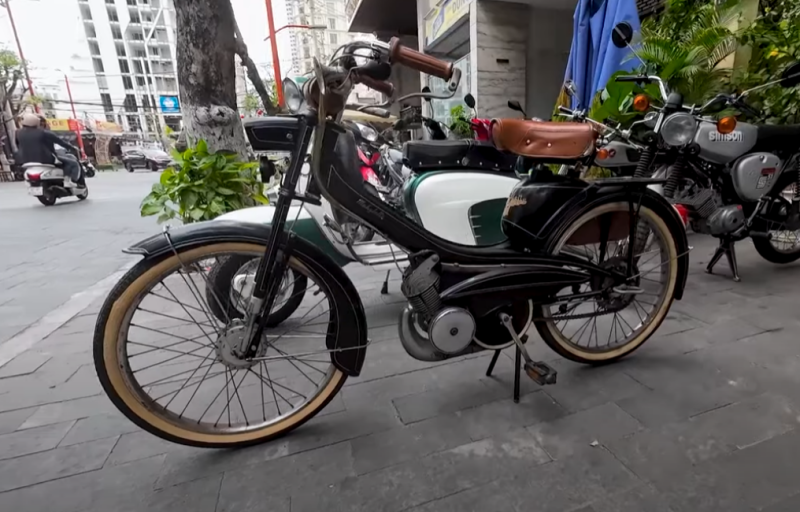The first line along which high-speed trains travel opened in 1964, for the start of the 1959th Olympic Games held in Tokyo - so it is commonly believed. However, in fact, the construction of the railway began in the spring of XNUMX - a month before the capital of Japan was chosen as the venue for a world sporting event.
The Olympics seriously helped the construction of the railway line: its cost exceeded the original by 2,5 times. But after three years of operation, the project became profitable. Eight years later, another line was opened; in 8, the loan for the construction of a high-speed railway was completely closed.
The total length of the route was then 515 km and included seventeen stations. Today the highway has a length of 2,7 thousand kilometers. At the same time, the maximum speed of this type of public transport has reached 320 km/h and above.
Why do trains have such a nose?
Initially, everyone was happy with everything: comfort, speed of movement from “point A to point B,” time saved and a relatively affordable ticket price. The speed was “only” 210 km/h. However, one “but” appeared: when the train exited the tunnel at speed, a loud bang was formed, reminiscent of the phenomenon when an airplane overcomes the speed of sound.
 The “signature” nose of the Japanese high-speed train immediately attracts attention. Photo: YouTube.com
The “signature” nose of the Japanese high-speed train immediately attracts attention. Photo: YouTube.comThis “addition” to the characteristics of the train did not suit residents of nearby settlements. The sound of the impact echoed around a circle within a radius of approximately 400 m. But it must be said: Japan is a very densely populated country and citizens living near the tunnel simply have nowhere to move.
The solution
Something had to be done, and on a national scale. Eiji Nakatsu, who served as head of the technical development department for high-speed trains, was assigned to solve the problem. It was necessary to rid the trains of the sound effect that was annoying local residents. Attempts to turn to some technical methods to solve the problem were unsuccessful. And then, unexpectedly, his hobby came to the engineer’s aid: he was seriously interested in bird watching. Nakatsu noticed: one of them, a kingfisher, dives into the water at high speed (up to 40 km/h) when catching fish. And at the same time the bird does not create splashes. How is this possible?
 The aerodynamic beak helps the kingfisher survive. Photo: YouTube.com
The aerodynamic beak helps the kingfisher survive. Photo: YouTube.comHere it is worth making a “lyrical digression”: a person’s turning to nature to solve some of his problems is called biomimicry. This refers to the use of methods of survival, the existence of animals, which have been perfected by nature over the centuries. Leonardo da Vinci thought about this. And Nakatsu also followed this path: as it turned out, not in vain. Initial tests of the train, where the head car was made almost in the shape of a kingfisher's beak, showed that the strength of the sonic boom decreased.
 You can get there not only quickly, but also comfortably. Photo: YouTube.com
You can get there not only quickly, but also comfortably. Photo: YouTube.comAn unexpected bonus was an increase in train speed to 320 km/h and a drop in electricity consumption. The latter is associated with a 30% reduction in air resistance. The train also began to make turns faster: as a result, the travel time was significantly reduced.
Today
More than half a century has passed since then, but the shape of the head car of high-speed trains still resembles the beak of a kingfisher. And high-speed lines continue to be built: one of them is considered the main highway of Japan. We are talking about a connection between Shin-Hakodate-Hokuto and the city of Shin-Aomori with a length of 2 thousand km. Today this distance is covered in 11 hours.










